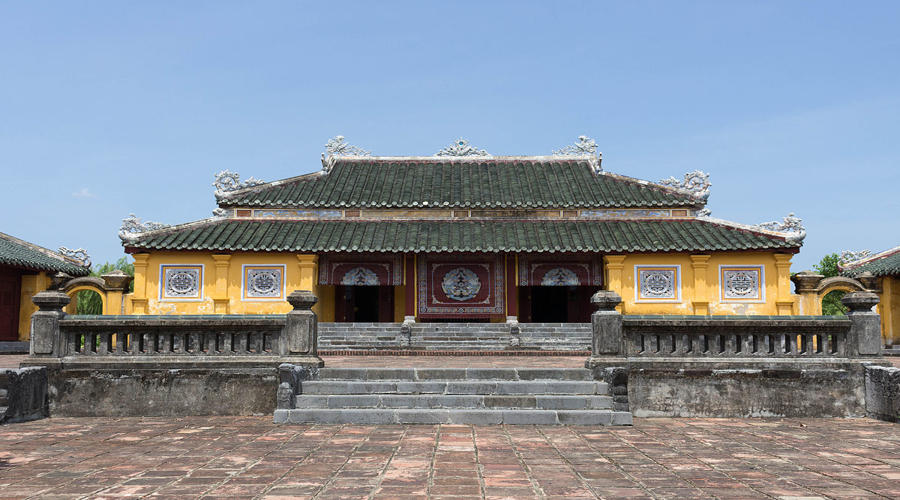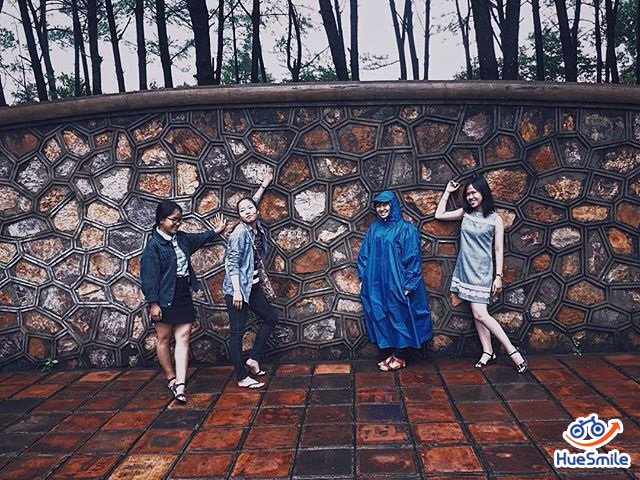
Nestled within Hue’s Imperial City, Trường Sanh Residence stands as a magnificent testament to Vietnam’s royal Nguyen Dynasty. Once a secluded garden retreat for emperors and royal family members, this architectural marvel has weathered centuries of history while maintaining its distinct charm and cultural significance. Today, it offers visitors a glimpse into the opulent lifestyle of Vietnam’s last ruling family, ranking among Hue’s most treasured historical gems.
Overview of Truong Sanh Residence
Built in 1821 during Emperor Minh Mạng‘s reign as Trường Ninh Residence, this royal compound evolved from a simple “三” shaped design to an elaborate “王” configuration after Emperor Thiệu Trị’s 1846 expansion. The complex centers around the stately Thọ Khánh palace, connected to Ngự Đài Đông Dương building and Văn Phúc pavilion via elegant corridors. Distinctive features include the Phương Môn gate, decorative miniature mountains, and the serene Đào Nguyên canal with its iconic red bridges flowing toward Nội Kim Thủy lake.
Initially an imperial garden, it later housed royal consorts including Emperor Tự Đức’s wife Lê Thiện and Emperor Đồng Khánh’s wife Tiên Cung. Renamed Trường Sanh Residence by Emperor Khải Định in 1923, it was ranked seventh among Hue’s most significant attractions by Emperor Thiệu Trị himself during its prime.

How to get to Truong Sanh Residence

Address: Le Huan street, Phu Hau ward, Phu Xuan district, Hue city
Things to Know
| Opening hours: | Daily from 7:00 AM to 5:30 PM (last entry at 5:00 PM) |
| Entrance fee: | Included in the Imperial City ticket: 200,000 VND for adults Children under 7: Free Students (with valid ID): 40,000 VND discount |
| Visitor tips: | Allow 30-45 minutes to explore the residence as part of your Imperial City visit (3-4 hours total) Early morning (7:00-9:00 AM) or late afternoon (3:30-5:00 PM) to avoid crowds and midday heat |
Experience the majesty of Hue’s imperial past with Hue Smile Travel. Our expert guides will transport you through time as you explore the remarkable Trường Sanh Residence and other treasures of Vietnam’s former imperial capital.













